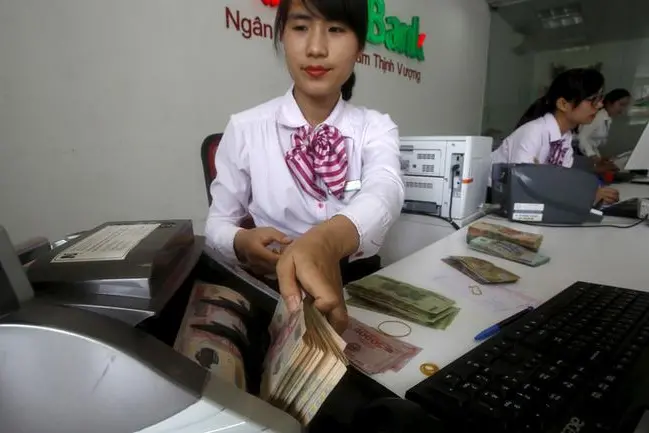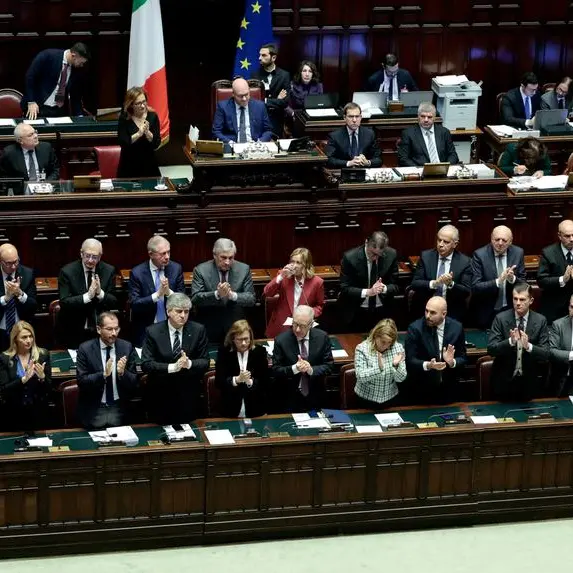PHOTO
(The opinions expressed here are those of the author, a columnist for Reuters)
ORLANDO, Florida - Hedge funds are their most bullish on the Japanese yen in eight years, but as their 'long' positions grow and the currency strengthens, yen volatility is also rising.
This raises the question whether the huge turnaround in the yen's fortunes recently, reflected in the rapid reversal of speculators' positioning as much as anything, is 'too much too soon' and that a period of consolidation at the very least is warranted.
The yen has surged 15% against the dollar since mid-July and is now slightly stronger against the greenback year-to-date. Commodity Futures Trading Commission data show that hedge funds and speculators are now holding their biggest net long yen position since October 2016.
Data for the week ending Sept. 10 show that funds held a net long position of 55,770 contracts, effectively a bullish bet on the currency worth nearly $5 billion.
Measured in dollars, that is the biggest 'long' since February 2021. Measured by net holdings of CFTC contracts, it is the most bullish funds have been on the yen in eight years.
A long position is essentially a bet that an asset will rise in value, and a short position is a wager its price will fall.
Hedge funds' current positioning is worth putting in context. CFTC data shows that since yen futures contracts were launched in 1986, funds have only held a larger net long position for 33 weeks. And 16 of those were concentrated between February and October 2016.
Whether reducing their net shorts or extending their net longs, funds' positioning has been increasingly yen-positive for 10 consecutive weeks. The last time they went on a streak like that was in 2012.
There are good fundamental economic reasons for this, the most compelling of which is the divergent policy paths the U.S. and Japanese central banks are embarking on - the Fed is about to begin its interest rate-cutting cycle, the Bank of Japan has already started a historic yet tentative hiking cycle.
Rates traders expect the Fed to cut rates by some 250 basis points by the end of next year and the BOJ to raise by 30 bps.
The two-year and 10-year U.S.-Japanese yield spreads are now 320 bps and 280 bps, respectively, both the narrowest in two years. Late last year they were over 500 bps and 400 bps, respectively.
Much of that narrowing will already be in the exchange rate price. Remarkably the yen is now slightly higher against the dollar this year and looks poised to break through the 140.00 per dollar level soon.
But FX traders know that yen strength, especially sudden bursts of appreciation, is often associated with bouts of investor risk aversion, economic or financial market turbulence, and rising demand for 'safe' assets in times of uncertainty.
Are any of these conditions at play now? Perhaps. The yen's rally has been powerful and quick as traders have unwound the so-called 'yen carry trade', and uncertainty around the U.S. economic outlook, Fed and BOJ is high.
Little wonder, then, that yen volatility is high too. Three-month implied dollar/yen volatility is now around 12.00, the highest since March last year, and one-month implied vol recently scaled 15.00 for the first time since January last year.
The Fed and BOJ both deliver their latest policy decisions and outlooks this week, and with speculative positioning as stretched as it is, yen volatility may stay higher for a bit longer.
(The opinions expressed here are those of the author, a columnist for Reuters)
(By Jamie McGeever; Editing by Sonali Paul)























